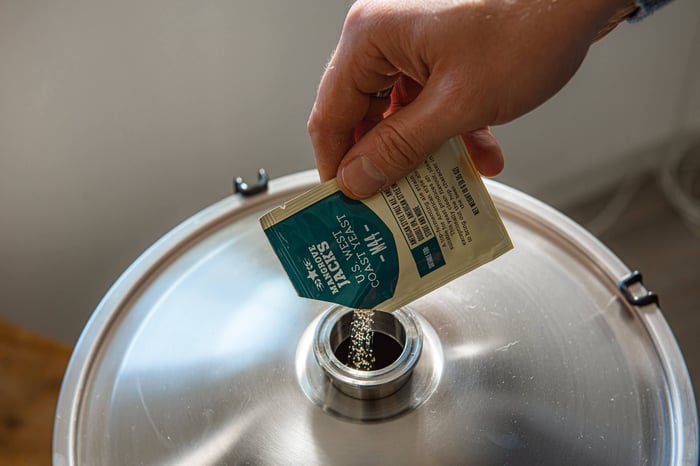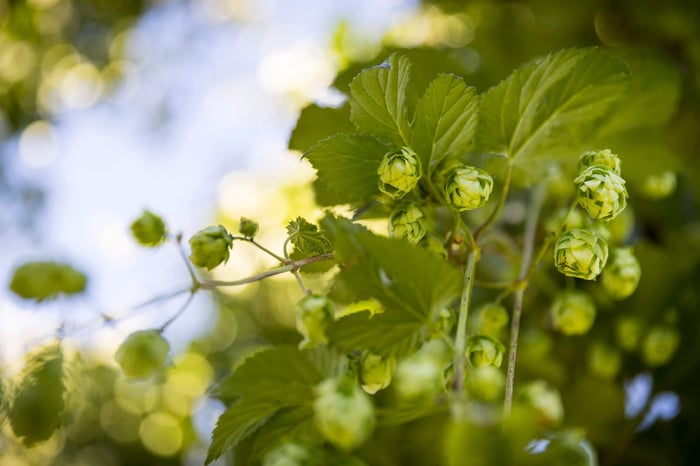Mead brewing connects us to Europe's deepest brewing traditions, doesn't it? Long before hops dominated Northern European brewing, honey wines graced medieval tables and monastery cellars. Today's fruit and spice meads carry forward this heritage whilst embracing modern creativity – and that's exactly where the magic happens.
Understanding Mead Classifications: The European Perspective
European mead traditions emphasise balance and subtlety, qualities that become essential when working with fruits and spices. Rather than overwhelming honey's natural character, traditional approaches seek harmony between base honey and additional flavours.
Melomel: The Foundation Category
Melomel encompasses any honey wine enhanced with fruit, though specific subcategories deserve individual attention. The concept mirrors European winemaking philosophy – terroir matters, quality ingredients matter, and patience during fermentation matters most of all.
Consider how different European fruit traditions influence melomel character. Mediterranean citrus creates bright, aperitif-style meads perfect for summer terraces. Northern European stone fruits develop rich, contemplative flavours suited to autumn evenings. The key lies in matching fruit selection to intended drinking occasion.
Essential technique: Fresh fruit generally surpasses processed alternatives for European-style meads. Local markets provide seasonal inspiration – spring rhubarb, summer berries, autumn orchard fruits, winter preserved varieties. Each season offers distinct possibilities.
Cyser: Celebrating Apple Heritage
European apple varieties create exceptional cysers, particularly traditional cider apples with proper tannin structure. French varieties like Dabinett and Yarlington Mill, English bittersweets, German cider apples – each contributes unique characteristics that table apples cannot replicate.
Brewing consideration: European cysers often benefit from extended ageing. Unlike quick-drinking alternatives, traditional approaches develop complexity over months or years. The patience proves worthwhile when honey and apple flavours achieve perfect integration.
Quality cider apple juice remains available through speciality suppliers across Europe. Many traditional orchards now cater to home brewers seeking authentic varieties for cider and mead production.
Regional European Influences
Pyment: Mediterranean Inspiration
Pyment production mirrors European winemaking traditions, utilising grape juice alongside honey to create sophisticated honey wines. Regional grape varieties offer endless exploration opportunities – Germanic Riesling for bright, mineral-driven pyments, French Merlot for rich red versions, Italian Sangiovese for food-friendly styles.
Technical insight: European pyment makers often employ techniques borrowed from winemaking. Controlled temperature fermentation, specific yeast strains, even oak ageing can elevate pyment from simple fruit mead to sophisticated honey wine worthy of serious consideration.
Berry Mead: Nordic Traditions
Scandinavian and Northern European berry traditions inspire exceptional meads. Lingonberries, elderberries, cloudberries, and sea buckthorn create distinctive flavour profiles rarely found elsewhere. These berries often possess natural acidity and tannins that complement honey beautifully.
Regional application: Many European regions permit responsible foraging for mead ingredients. Wild elderflowers, rosehips, and various berries can create unique meads reflecting local terroir. Always verify local regulations and sustainable harvesting practices.
Stone Fruit Excellence: Continental Varieties
European stone fruit varieties excel in mead production. German and Austrian plums, French cherries, Mediterranean apricots, and Italian peaches each contribute distinct characteristics. Traditional European preservation techniques – dried fruits, fruit brandies, concentrated syrups – offer additional flavour possibilities.
Spiced Mead Traditions
Medieval Herb and Spice Combinations
European spiced mead traditions draw from medieval brewing and cooking practices. Monasteries developed complex spice blends combining local herbs with imported spices from Mediterranean and Eastern trade routes.
Traditional combinations include:
- Honey with rosemary and orange peel (Mediterranean style)
- Elderflower and lemon balm (Northern European)
- Juniper and meadowsweet (Scandinavian tradition)
- Rose petals and cinnamon (Eastern European influence)
These traditional combinations provide excellent starting points for modern interpretations whilst maintaining connection to European brewing heritage.
Modern European Spice Approaches
Contemporary European mead makers balance tradition with innovation. Coffee meads using Italian espresso traditions, chocolate meads inspired by Belgian and Swiss techniques, herb meads featuring regional botanical knowledge – each represents modern evolution of traditional practices.
Quality consideration: European spice markets offer exceptional variety and quality. Whole spices generally provide superior results compared to pre-ground alternatives, whilst seasonal fresh herbs create distinctive character impossible to achieve with dried varieties.
Speciality European Styles
Braggot: Continental Brewing Heritage
European braggot traditions combine regional beer styles with honey character. German wheat beer braggots, Belgian ale styles, Czech pilsner influences – each creates unique expressions of beer-mead hybrid brewing.
Traditional European braggots often emphasise malt character more than American versions, creating substantial body and complex flavour development through extended conditioning periods.
Experimental European Approaches
Modern European mead makers push boundaries whilst respecting tradition. Barrel-aged meads using wine casks, wild fermentation with indigenous yeasts, seasonal ingredients reflecting local food traditions – innovation serves tradition rather than replacing it.
Regional Availability and Sourcing
European ingredient availability varies significantly by region, creating opportunities for distinctive local character. Mediterranean producers access different varieties than Scandinavian makers, whilst Central European traditions differ from Atlantic coastal approaches.
Quality suppliers throughout Europe now cater specifically to mead makers, offering everything from traditional honey varieties to speciality fruits and authentic spice blends.
Mastering European Mead Techniques
Success with European-style fruit and spice meads requires patience and attention to ingredient quality. Unlike rapid American approaches, traditional European methods emphasise slow development, careful ingredient integration, and proper conditioning time.
Essential equipment: Visit Grainfather EU store Modern brewing equipment makes traditional techniques more accessible whilst maintaining authentic character development that defines excellent European meads.
The journey from honey and fruit to finished mead reflects broader European brewing philosophy – respect for ingredients, patience with processes, and appreciation for subtle complexity that develops over time.
L'équipe du Grainfather










